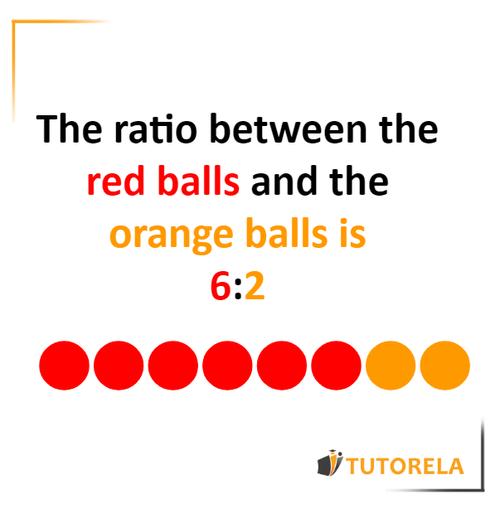What is ratio?
The ratio describes the "relationship" between two or more things.
The ratio connects the given terms and describes how many times greater or smaller a certain magnitude is than another.
Let's see an example from everyday life:
When asked in a class, what is the ratio between boys and girls, it refers to how many girls there are in relation to a certain number of boys.
Or, for example, if in a certain vase there are red and white balls, the ratio between them can describe how many red balls there are in relation to a certain number of white balls or vice versa.
